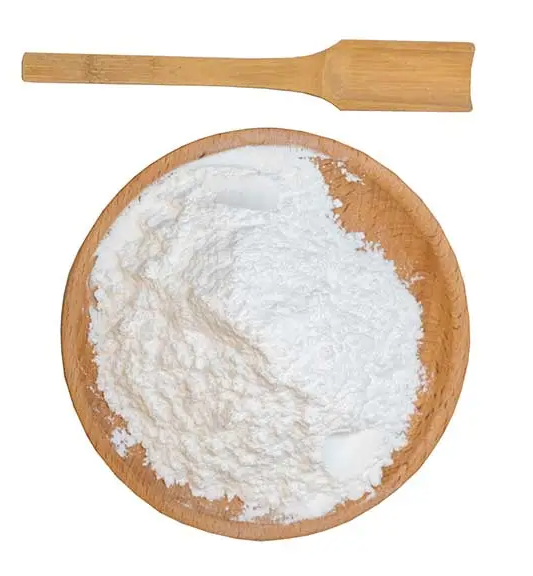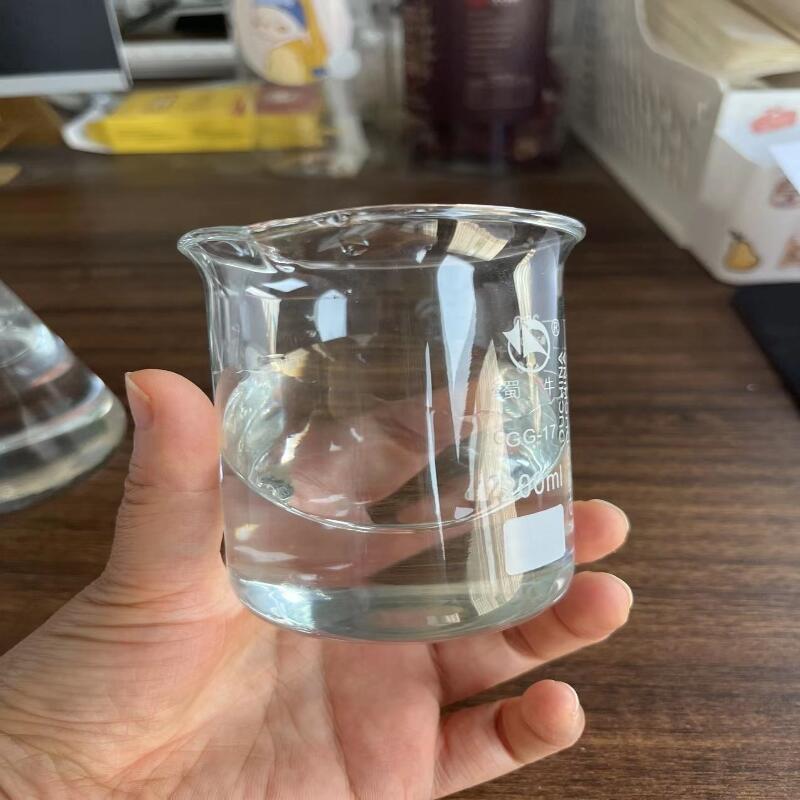-
Categories
-
Pharmaceutical Intermediates
-
Active Pharmaceutical Ingredients
-
Food Additives
- Industrial Coatings
- Agrochemicals
- Dyes and Pigments
- Surfactant
- Flavors and Fragrances
- Chemical Reagents
- Catalyst and Auxiliary
- Natural Products
- Inorganic Chemistry
-
Organic Chemistry
-
Biochemical Engineering
- Analytical Chemistry
-
Cosmetic Ingredient
- Water Treatment Chemical
-
Pharmaceutical Intermediates
Promotion
ECHEMI Mall
Wholesale
Weekly Price
Exhibition
News
-
Trade Service
Two-dimensional gel electrophoresis (2-DE) with immobilized pH gradients (IPGs) combined with protein identification by mass spectrometry (MS) is currently the workhorse for proteome analysis. 2-DE allows separation of highly complex mixtures of proteins according to isoelectric point (p
I
), molecular mass (
Mr
), solubility, and relative abundance and delivers a map of intact proteins, which reflects changes in protein expression level, isoforms, or posttranslational modifications. 2-DE can resolve more than 5000 proteins simultaneously (approx 2000 proteins routinely) and can detect and quantify <1 ng of protein per spot. Today’s 2-DE technology with IPGs has overcome the former limitations of carrier ampholyte-based 2-DE with respect to reproducibility, handling, resolution, and separation of very acidic and/or basic proteins. The development of IPGs between pH 2.5 and 12 has allowed the analysis of very alkaline proteins and the construction of the corresponding databases. Narrow pH range IPGs provide increased resolution (Δp
I
= 0.001) and, in combination with prefractionation methods, permit the detection of low abundance proteins. In this article we provide a comprehensive protocol of the current 2-DE technology for plant proteome analysis and describe in detail the individual steps of this technique.






